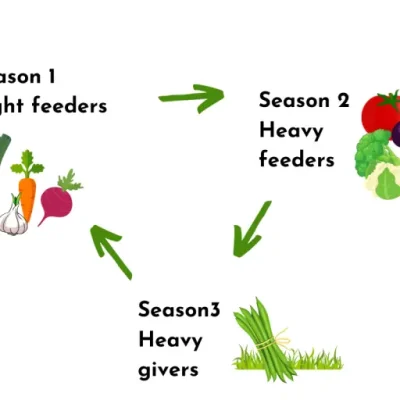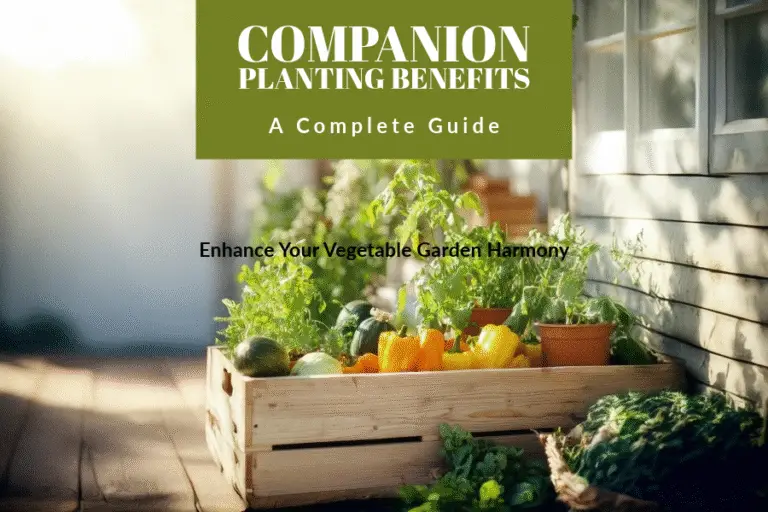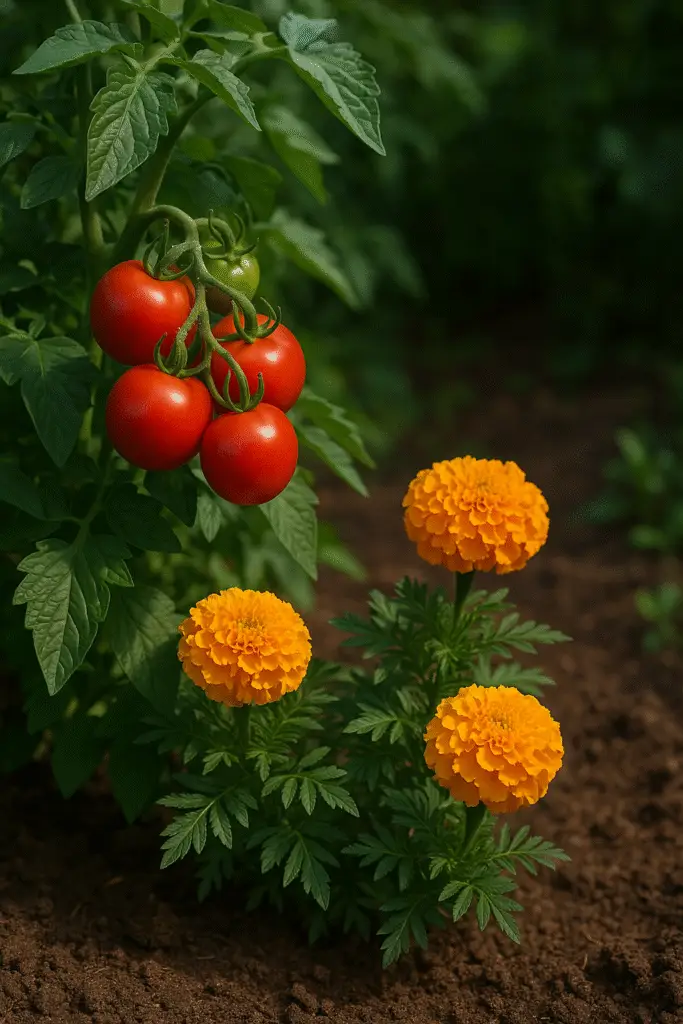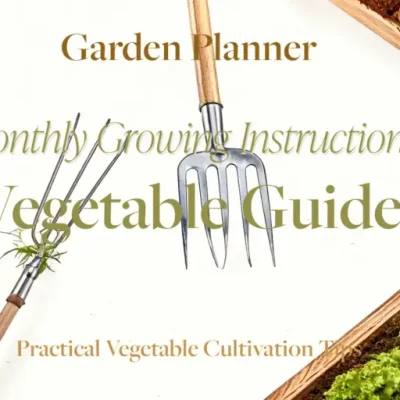Achieving companion planting is all about understanding the relationships between different plants and orchestrating a garden where they support each other’s growth. Start by selecting crops with complementary characteristics—those that either help each other thrive or avoid competing for the same resources.
For example, combining deep-rooted plants like carrots with shallow-rooted ones like lettuce allows better use of soil nutrients. Consider how certain herbs like basil or flowers like marigolds can repel pests and attract beneficial insects when planted near vegetables such as tomatoes.
Success also comes from good planning and observation. Group plants based on their sunlight and water requirements to ensure harmony in shared beds. Incorporate vertical growing strategies—like letting beans climb up corn stalks—to make the most of space. Rotate crops seasonally to avoid soil depletion and disease buildup, and always pay attention to which plants don’t get along.
Avoid combinations like beans with onions or tomatoes with potatoes, since they can hinder each other’s health. With thoughtful layout, purposeful pairings, and a little trial and error, your garden can become a thriving ecosystem of cooperation.




